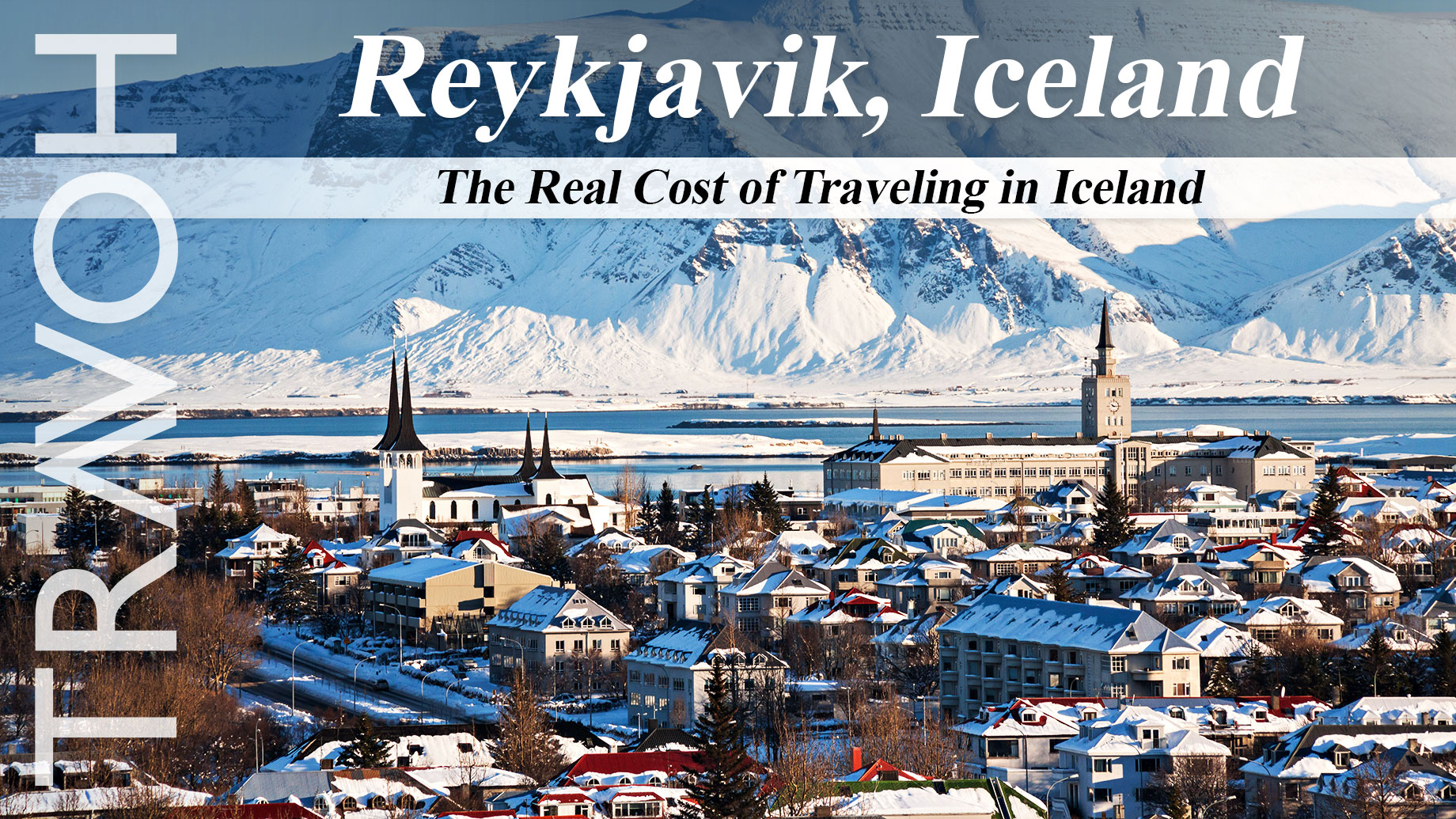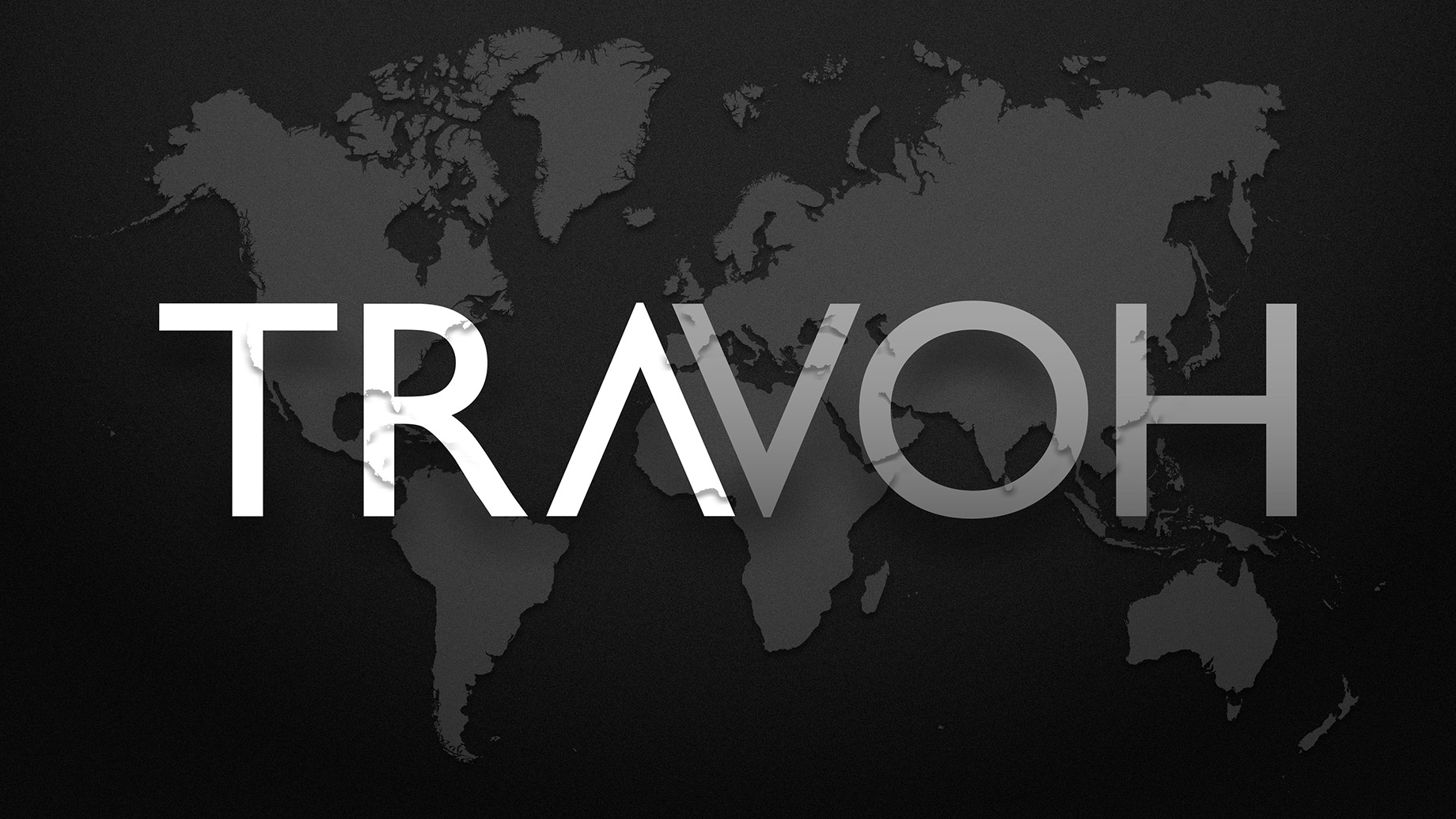
Iceland, known for its dramatic landscapes, northern lights, and otherworldly vistas, is a destination that holds an undeniable allure for travelers. However, the cost of soaking in its natural wonders is famously high. Understanding the Iceland trip cost is crucial for travelers looking to manage their budget effectively while enjoying all the country’s natural wonders.
Budgeting carefully for a trip to Iceland can mean the difference between a dream vacation and a financial nightmare. It’s important for potential visitors to research and plan their expenditures on accommodations, meals, transportation, and tours well in advance.
By taking advantage of travel deals, staying in less expensive accommodations like hostels or guesthouses, and eating at local diners instead of tourist traps, travelers can manage and reduce their expenses significantly, making the exploration of this majestic land more accessible.
Key Takeaways
- Iceland is a breathtaking yet expensive destination that requires thoughtful budget planning.
- Accommodation varies widely, with options like hostels and camping being cost-effective.
- Transportation can be a significant expense but can be managed through car rentals or public transportation.
- Dining out is pricey, so self-catering is an intelligent alternative for budget travelers.
- Tours and excursions offer unique experiences but add up quickly; asking about combo deals can save money.
- Seasonal changes in Iceland impact the cost of travel significantly.
- Unexpected expenses can arise; having some flexibility in your budget is essential.
1. Accommodation Costs
Lodgings in Iceland range from cozy hostels to luxurious hotels, with prices increasing in the capital city, Reykjavik, and other tourist-heavy areas. Camping is a popular and minimalist option during the warmer months, with permits required for wild camping due to environmental regulations.
For those looking for a unique experience, farm stays, and guesthouses throughout the countryside offer a more intimate glimpse into Icelandic life and culture. Additionally, booking accommodations well in advance can often secure lower rates, especially during peak travel seasons.
Travelers should also consider the benefits of accommodation options that include amenities like kitchens, which can help save money on meals by allowing guests to cook their food using local ingredients.
2. Transportation Expenses
Getting around Iceland can be costly. Car rentals offer flexibility and can be economical for groups, but factor in insurance and fuel prices. Public transportation is limited to significant areas, making it impractical for those wanting to explore remote destinations.
For those planning extensive travel across the country, considering a camper van rental is both a practical and adventurous option, allowing for greater mobility and eliminating some accommodation costs. Seasonal fluctuations significantly affect rental prices, so booking during off-peak times can help decrease expenses.
Iceland-based campervan rental companies like Cozy Campers may be offering seasonal deals and discounts, so it’s worthwhile to explore their websites. Just like it’s wise to research the cheapest grocery stores in Iceland, find the best places to gas up on a budget. Factor the location of these places into your travel itinerary.
Additionally, many visitors opt for organized tours that include transportation, which can be cost-effective and provide expert insights into the local environment and history.
3. Dining and Food Budget
It is prepared to be wowed by the fresh Icelandic cuisine and its high prices, especially in restaurants. Grocery shopping and self-catering can cut costs significantly, providing an authentic experience of local lifestyles.
Many visitors frequent local markets to purchase fresh fish, lamb, and dairy products, staples of the Icelandic diet. Eating like a local by cooking your meals saves money and gives you a taste of authentic Icelandic culture. Additionally, try local delicacies like hákarl (fermented shark) or harðfiskur (dried fish) from smaller vendors or markets for a more affordable and authentic culinary experience.
4. Activity and Attraction Fees
Iceland’s unique attractions, like the Blue Lagoon and various glacier tours, come with entrance fees. Enjoying many natural wonders for free is possible, but guided tours and popular sites often have a price tag.
To manage costs effectively, it’s advisable to prioritize which paid attractions you most want to visit and look for any available discounts or combination tickets.
Additionally, exploring less commercialized natural attractions can offer equally stunning experiences without the added expense, allowing for a deeper connection with Iceland’s pristine landscapes.
5. Tour Guides and Excursions
Specialized tours can be one of the most expensive elements of a trip to Iceland. However, these tours offer unparalleled access to Iceland’s landscape and are often worth the splurge for many visitors.
For those interested in activities like ice caving, whale watching, or trekking, a guided tour ensures safety and provides educational insights that enhance the experience. Many tour companies offer packages tailored to different interests and fitness levels, allowing visitors to customize their adventures. Also, booking advance tours can yield discounts or ensure availability, especially during peak tourist seasons.
6. Shopping and Souvenirs
Whether hand-knitted sweaters or lava rock jewelry, souvenirs reflect Icelandic culture. Yet, they can be expensive — it’s best to budget for these items or look for smaller, locally-made crafts to save money.
For those seeking more unique souvenirs, local markets and small boutiques in towns like Reykjavik and Akureyri offer a variety of handmade goods that support local artisans. Always verify the authenticity of products, as genuine Icelandic items are often labeled as such. Additionally, consider buying consumables like Icelandic sea salt or licorice as affordable and lightweight gifts that are easy to transport back home.
7. Tips for Budget Travel in Iceland
Budgeting for an Icelandic adventure means looking for cost-saving measures like booking accommodation and travel in advance, considering travel cards for public transportation, and being mindful of spending at touristic spots.
Travel during the off-peak seasons, such as late spring or early autumn, can also lead to significant savings on flights and accommodations while offering pleasant weather and fewer crowds. Utilising campgrounds or guesthouses instead of hotels saves money and provides a more authentic Icelandic experience. Additionally, consider sharing expenses with fellow travelers by carpooling or joining group tours to reduce costs further and meet new people.
8. Understanding Iceland’s Seasons
Seasonal fluctuations significantly affect Iceland’s travel costs. Summer brings warmer weather and the midnight sun but also higher prices. Visiting off-peak can reduce costs, but preparedness for Iceland’s volatile weather is critical.
Conclusion
Winter in Iceland offers the unique attraction of the Northern Lights, with lower travel and accommodation prices, although you should be ready for shorter days and colder weather. Spring and fall are transitional seasons that see fewer tourists and offer a beautiful natural palette, making them ideal for photographers and nature enthusiasts looking for solitude. Regardless of the season, always pack layers and waterproof clothing to adapt to sudden weather changes and maximize your comfort during your stay.

